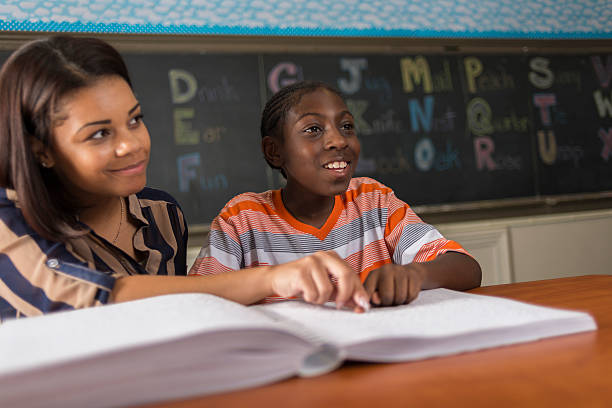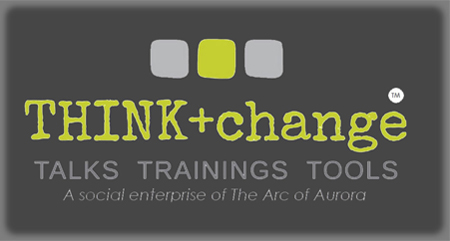
These Sixty Second Seminars review 9 topics about Special Education Pipeline-to-Prison. Each video is only 1-2 minutes long and is excellent for people who learn best via small learning units!
Transform the Special Education Pipeline to Prison (2017)
Alternate Approaches — You can be a part of the change: knowing your triggers and adopting a social-emotional lens is a great first step. Developing cultural competency and plans while delivering effective, student-centered instruction shifts the paradigm from discipline to development.
5 Facts about Teachers and the School-to-Prison Pipeline (2017)
Teachers as Heroes — Classroom teachers are in a unique position to divert students from the school-to-prison pipeline because they know their students better, putting them in a singularly-empowered position to keep students in the classroom.
Race, Disability, and the School-to-Prison Pipeline (2017)
Race and Disability: Incarcerated African-American students with disabilities represent nearly 19% of the special ed population but 49.9% of special ed students in correctional facilities. We can dismantle and transform the Special Education Pipeline to Prison, but it requires an intersectional approach to disability and racial discrimination.
Restorative Practices (2017)
Restorative Practices, when practiced with fidelity, create a safe space for connection and dialogue, ultimately leading to a more equitable and inclusive environment for students, staff, families, and community members. (Restorative Justice Colorado, 2016)
Implicit Bias (2017)
Implicit bias refers to the attitudes or stereotypes that affect our unconscious understanding, actions, and decisions. More than one in three people show an unconscious bias against those with a disability, reflecting a higher level of bias than those regarding gender or race. It’s time for a change.
Behavior, Discipline, and the School-to-Prison Pipeline (2017)
Students with disabilities comprise less than 12% of high-school students nationwide but represent 75% of students restrained, 58% of students who are secluded, and 13+% of students subject to out-of-school suspension.
Trauma-Informed Care (2017)
85% of youth in juvenile detention facilities have special education-qualifying disabilities. Youth with disabilities are nearly 4x’s more likely to be physically abused and nearly 5x’s more likely to be sexually abused than non-disabled peers.
Positive Behavioral Supports and the School-to-Prison Pipeline (2017)
Children in formal school-based PBS programs are 33% less likely to receive an office discipline referral than those in comparison schools. Kids exposed to PBS early tend to receive the most benefit.
Disability and the School-to-Prison Pipeline (2017)
Children with disabilities are disproportionately represented on the ‘school-to-prison pipeline. The prevalence of youth with disabilities in juvenile corrections is 3 to 5 times greater than youth with disabilities in public schools. It is time for a change!
